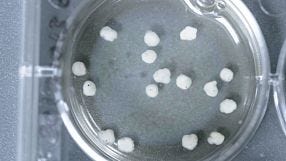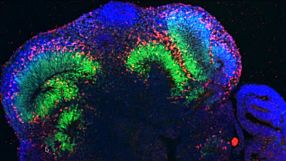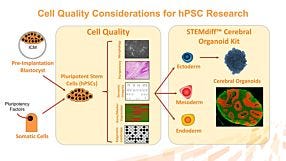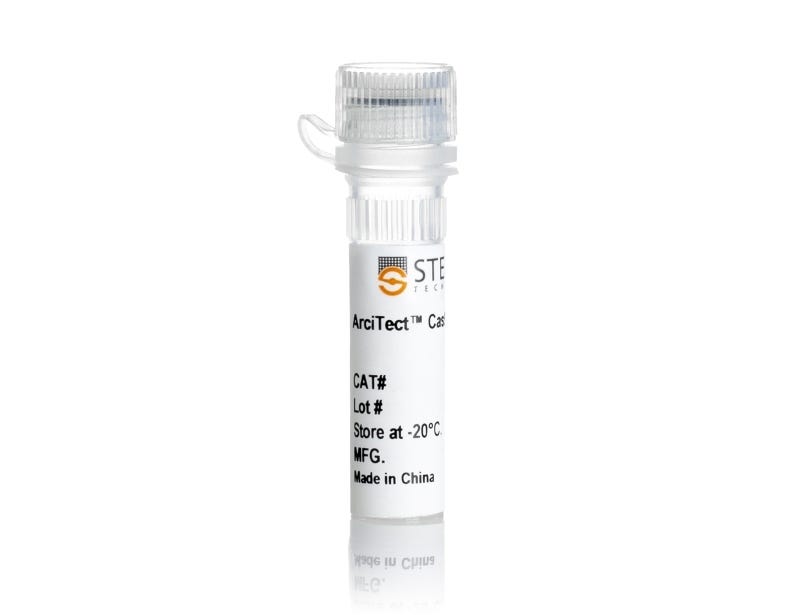CRISPR-Cas9 Gene Editing of Cerebral Organoids to Model Microcephaly
Cerebral organoids have proven themselves to be physiologically relevant models to study neurodevelopmental disorders such as microcephaly. Dr. Madeline Lancaster has previously shown that cerebral organoids derived from a microcephalic patient have defects that mimic the debilitating in vivo condition.* In this virtual poster presentation, Leon Chew discusses his work gene editing cerebral organoids to model microcephaly. Chew will walk you through how he used CRISPR-Cas9 to generate a mutated hPSC cell line, characterized the stable clones for cell quality attributes, and differentiated the cells to cerebral organoids. The resulting cerebral organoids were smaller and had defects in neuronal development similar to data from Lancaster et al.*
Leon Chew is a Scientist at STEMCELL Technologies, overseeing the development of cerebral organoid products.
*Lancaster MA et al. (2013) Cerebral organoids model human brain development and microcephaly. Nature 501(1): 373–9.
Cerebral organoids have proven themselves to be physiologically relevant models to study neurodevelopmental disorders such as microcephaly. Dr. Madeline Lancaster has previously shown that cerebral organoids derived from a microcephalic patient have defects that mimic the debilitating in vivo condition.* In this virtual poster presentation, Leon Chew discusses his work gene editing cerebral organoids to model microcephaly. Chew will walk you through how he used CRISPR-Cas9 to generate a mutated hPSC cell line, characterized the stable clones for cell quality attributes, and differentiated the cells to cerebral organoids. The resulting cerebral organoids were smaller and had defects in neuronal development similar to data from Lancaster et al.*
Leon Chew is a Scientist at STEMCELL Technologies, overseeing the development of cerebral organoid products.
*Lancaster MA et al. (2013) Cerebral organoids model human brain development and microcephaly. Nature 501(1): 373–9.
Publish Date:
February 25, 2019
Request Pricing
Thank you for your interest in this product. Please provide us with your contact information and your local representative will contact you with a customized quote. Where appropriate, they can also assist you with a(n):
Estimated delivery time for your area
Product sample or exclusive offer
In-lab demonstration
By submitting this form, you are providing your consent to STEMCELL Technologies Canada Inc. and its subsidiaries and affiliates (“STEMCELL”) to collect and use your information, and send you newsletters and emails in accordance with our privacy policy. Please contact us with any questions that you may have. You can unsubscribe or change your email preferences at any time.








